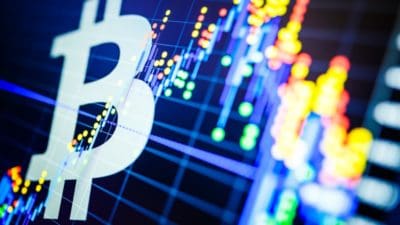Warren Buffett’s recent purchase of over $1 billion of Apple Inc. (NASDAQ:AAPL) stock over the past months is notable, especially considering Berkshire Hathaway’s purchases spanning a range of prices with purchases at levels significantly above $100. The independent investor must ask, What sort of fundamental security-analysis ratios did Mr. Buffett use in analyzing Apple to justify this investment, considering his extreme tech-averse stock-selection modus operandi?
One set of ratios that Warren Buffett has spoken about and don’t garner enough media attention are liquidity ratios, and these ratios work overtime when assessing Apple due to its large cash hoard (approximately $220 billion with $200 billion overseas). This ratio of cash to net assets is one way of quantifying Warren Buffett’s esteemed “margin of safety,” which is paramount in his investment decisions, and we will see through analysis that Apple is indeed a very “safe” bet given its size and financial slack, relative to comparable companies.
 Source: 2015 Apple Annual Report
Source: 2015 Apple Annual Report
Apple’s cash situation
Looking at Apple’s financial statements, we see that the year-end cash and cash equivalents have grown substantially year over year, accompanied by an increase in “term debt.” The average investor can see that the cash generated from operating activities basically covers cash used by investing activities and financing activities (i.e., the capital needed to keep the business profitable over the long term), but the cash proceeds have risen almost in lockstep with debt creation.
This means the company is essentially piling all of its cash from operations back into the company via investing and financing activities, while building its cash hoard using cheap debt (most of which is long term with options to hedge interest-rate exposure).
The effects of debt in calculating a company’s cash-to-assets ratio can skew the data; as such, we will compute Apple’s net-excess-cash-to-assets ratio (as well as the other top 10 firms of the S&P500), subtracting debt from the company’s cash position to provide a clearer picture of each company’s true margin of safety via excess cash.
Apple’s cash-to-assets ratio
| Company | Market Capitalization | Cash Position | Assets | Debt | Net-Excess-Cash-to-Assets Ratio |
| Apple | 533.17B | 205.67B | 290.48B | 79.91B | 43.29% |
| Microsoft | 395.85B | 108.58B | 176.22B | 46.77B | 35.08% |
| Exxon Mobil | 378.38B | 37.95B | 336.76B | 43.11B | -1.53% |
| Johnson & Johnson | 321.19B | 38.38B | 133.41B | 23.56B | 11.11% |
| General Electric | 281.12B | 102.46B | 492.69B | 186.05B | -16.97% |
| Amazon | 338.43B | 19.81B | 65.44B | 17.61B | 3.36% |
| 327.31B | 18.43B | 49.41B | 0 | 37.3% | |
| Berkshire Hathaway | 349.15B | 117.28B | 552.26B | 101.54B | 2.85% |
| AT&T | 249.43B | 6.73B | 402.67B | 133.08B | -31.38% |
| JP Morgan Chase | 227.52B | 573.08B | 2,351.70B | 591.54B | -0.78% |
All numbers are calculated as of June 16, 2016, with total assets estimated from each company’s balance sheet. Apple clearly has the most excess cash among some of the largest firms in the S&P500, with excess cash representing over 43% of the company’s total assets. The only two firms that come close to Apple are Facebook (primarily due to the fact that Facebook has no long-term debt) and Microsoft (due primarily to its large cash hoard).
The margin of safety excess cash provides is related directly to the liquidity of the firm. In the unlikely event of a market crash or buying opportunity, the company with excess liquidity can easily capture opportunities that competitors cannot, contributing to a greater long-term competitive advantage—the primary “stuff” investors such as Warren Buffett look for.







